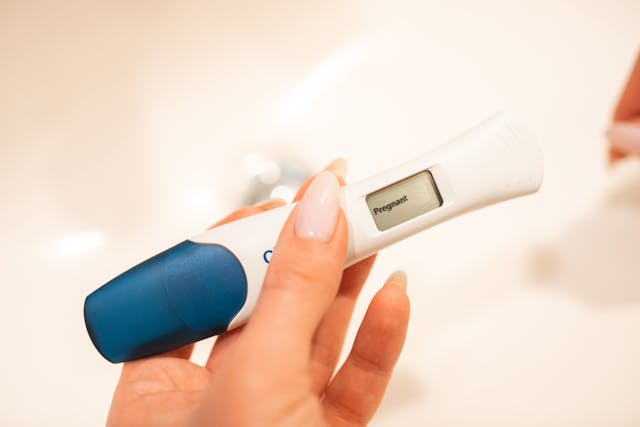Normally, women and expecting couples are taught that there are three stages to labor and that the first stage of labor consists of three phases: Early, Active, & Transition. However, many midwives and doulas, including myself, find that it’s important to teach that labor consists of four stages and that the first stage of labor contains four phases.
Prodromal Labor: The Missing Phase
Also known as the latent phase, the prodromal phase of labor is characterized by the presence of contractions that do not increase in intensity and persist for hours or even days before the onset of early and active labor. Often times, women who are not educated about this phase become discouraged and wonder if they will ever go into “real labor” on their own. It’s important that you understand that this phase of labor is normal and natural.
Instead of becoming overly excited and anxious about when and how labor will begin, you should use this time to conserve your energy and go about your normal daily routine. Remember to eat, drink, and rest as needed. This is also a good time to seek out distractions and emotional support.
Early Phase
For many women, it is hard to define a difference between prodromal and early labor. Eventually your contractions will become longer, stronger, and closer together and your cervix will dilate from approximately 0-3 centimeters and begin to efface (thin out.) Many women’s bodies will have done some of this work during prodromal labor with little to no pain or discomfort.
Active Phase
During active labor, your cervix will dilate from approximately 4-6 centimeters. The contractions you have been experiencing will become stronger and more intense, forcing you to focus more and decreasing your ability to talk and interact through each contraction. It’s important to change positions as needed and do whatever makes you comfortable during this time.
Transition Phase
Generally the shortest phase, transition is also the most intense. Your contractions will be very close together and your cervix will dilate from approximately 7-10 centimeters as it prepares for the birth of your baby. Shaking, nausea and vomiting, hot and cold flashes, as well as burping, hiccups, and yawning are all very GOOD signs that your body is in transition. It’s also completely normal for you to act irrationally or feel like giving up. This is the time when your partner and/or labor assistant will come in most handy. Ideally, your support persons should remind you that all of these physical and emotional signs are normal and are an indication that your baby will be born very soon.
Educating yourself on the first stage of labor and it’s four phases will help you to understand what is happening to your body during labor, and trust that your body is working effectively to bring your baby into the world.




